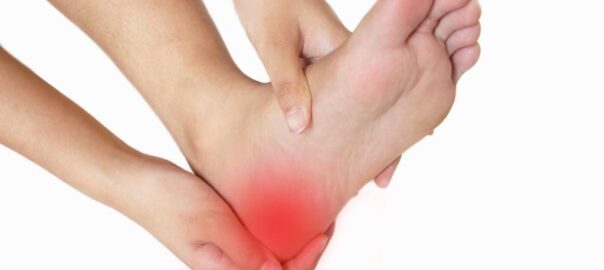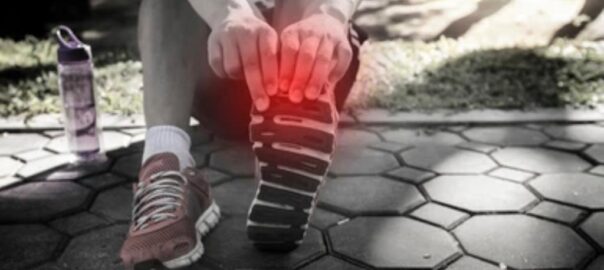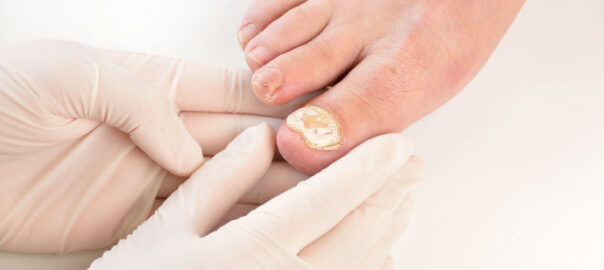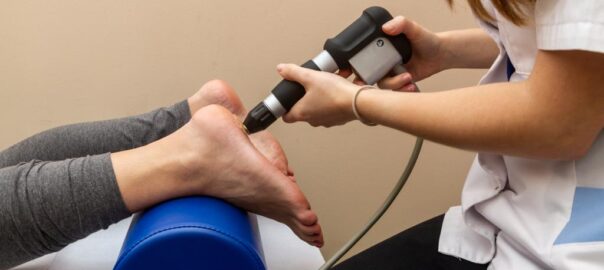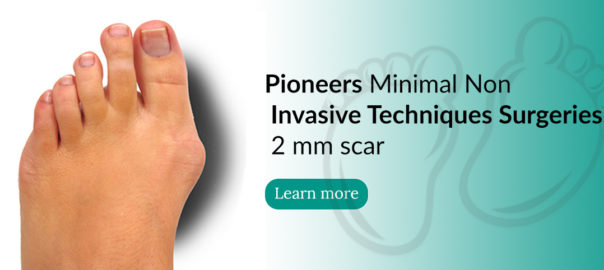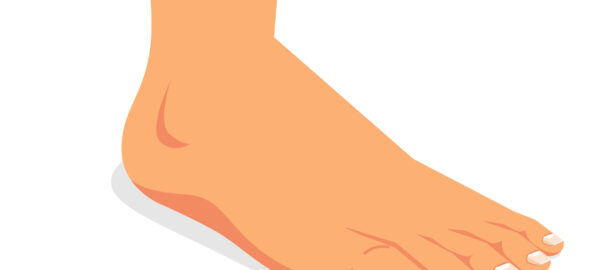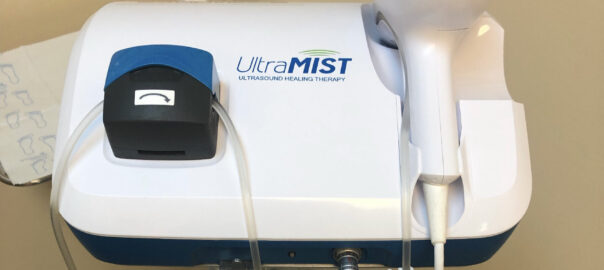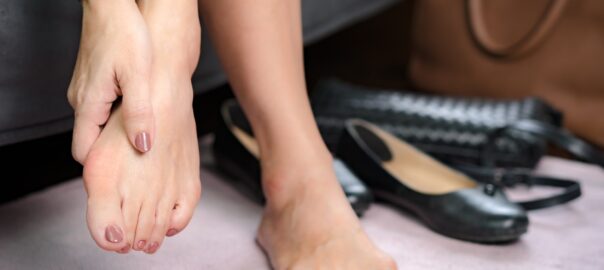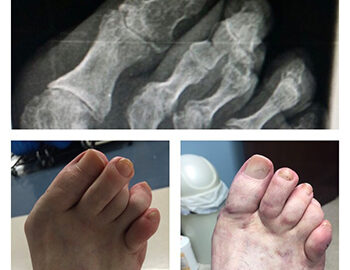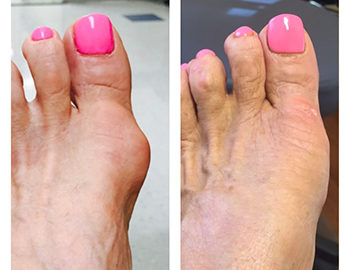Plantar Fasciitis Treatment with MIST Ultrasound
There are many treatments available for plantar fasciitis, that causes heel pain. Heel pain results primarily from repetitive stress, such as with long-distance running, ballet, or jumping. It can also occur with structural issues that affect the bones and soft tissues. Several different conditions can cause such pain.
The most common reason for heel pain, plantar fasciitis is the inflammation of the plantar fascia, a tough band of tissue extending from the heel bone to the tip of the foot. If the tissue stretches beyond its normal limits, the fibers become inflamed, causing pain. While you most often feel the pain in the heel bone, it can present in the middle of the foot as well.
Special exercises and physical therapy have proved helpful. New MIST treatment that provides relief and promotes healing for patients who suffer from chronic plantar fasciitis pain available at Chicago Home Foot Care.
European Foot and Ankle Clinic offers MIST Ultrasound Wounds Healing Therapy, a new technology that efficiently and simultaneously addresses pain, inflammation, and edema.
Low-intensity ultrasound (LIUS) was shown to be beneficial in mitigating inflammation and facilitating tissue repair in various pathologies.
European Foot and Ankle Clinic already successfully treated multiple chronic wounds with MIST therapy,
please call us to schedule yours by calling: 773-205-0106
Read more about MIST Therapy here: MIST Ultrasound Therapy


